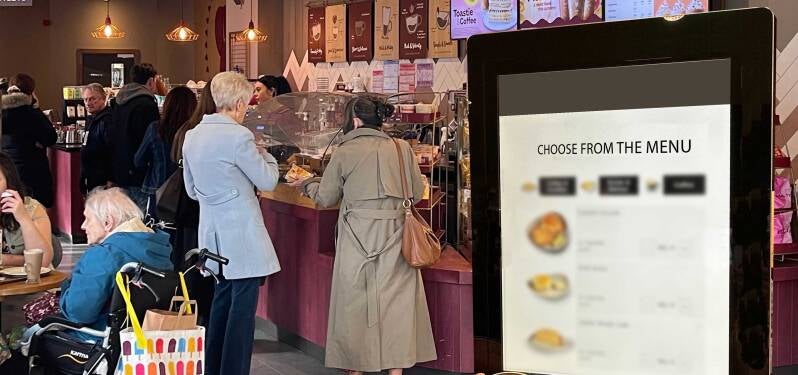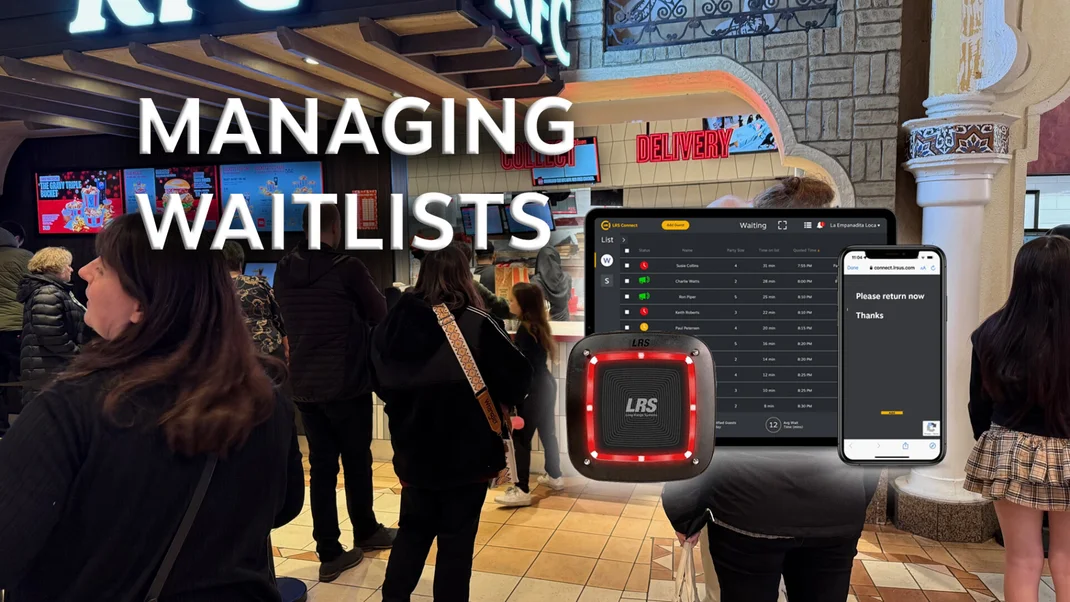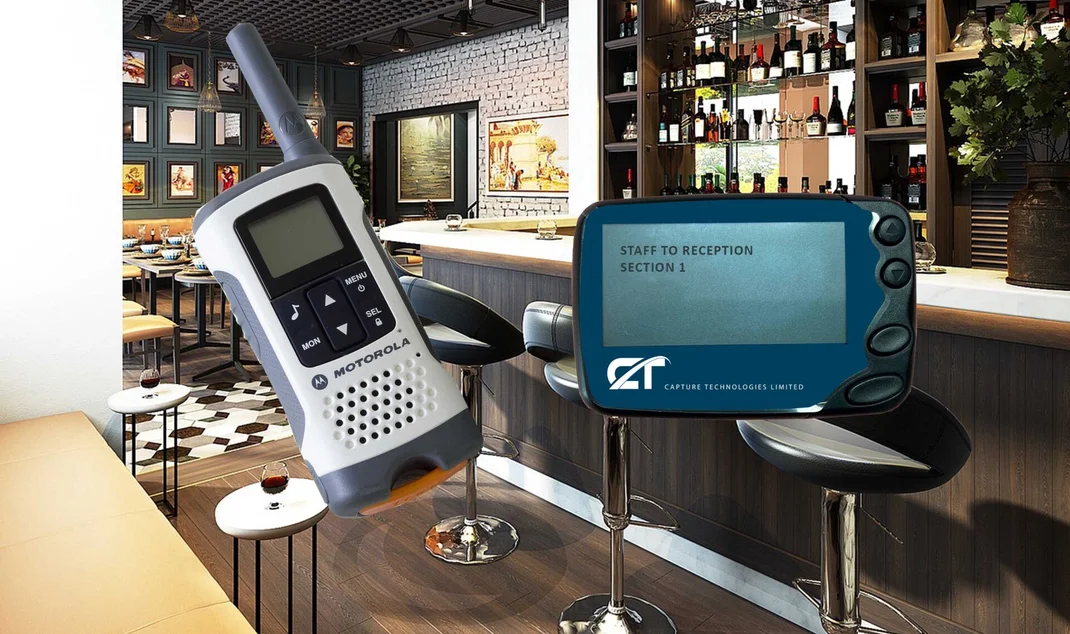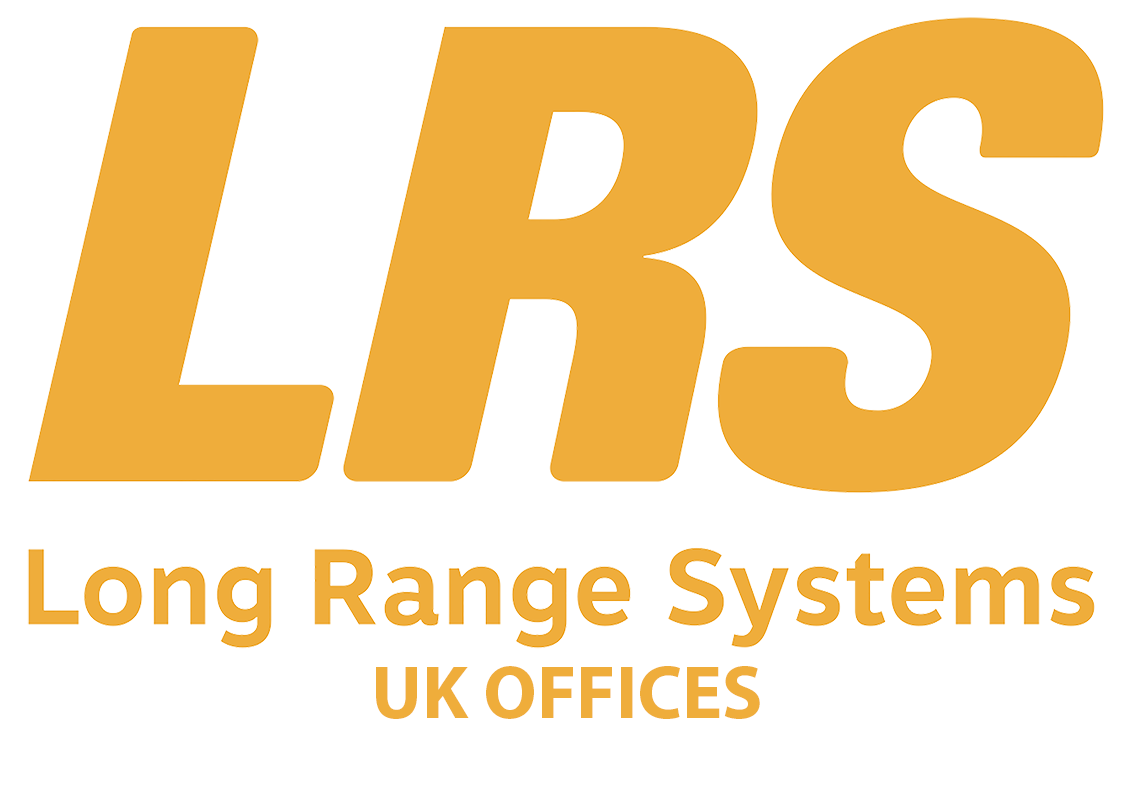Reducing Operating Costs with Automated Technology in Restaurants
Since 2021, there has been an initial surge in customers returning to restaurants. However, more recently, a decline has set in. According to Deloitte’s research, in 2023, 55% of consumers stated they were dining out more than they did before the 2020 pandemic. Yet, increasing operational costs—ranging from food and drink to electricity, gas, and staffing—are now discouraging customers from eating out as frequently.
The State of Fast Food Restaurants in 2024 & 2025
Major fast food chains such as Hooters, Red Lobster, Outback Steakhouse, Chili’s, Wendy’s, and Burger King in the US, and Papa John’s, Pizza Hut, and brands within The Restaurant Group in the UK, are all facing financial challenges. By November 2024, the decline continues, exacerbated by economic policies that are impacting the industry.
Hooters is one of the latest US chains to announce the closure of several locations due to inflation and rising costs. This issue is not limited to the US—many UK restaurant operators are also struggling with significantly higher labour costs, worsened by minimum wage increases in April 2025.
In the US, wages now exceed $20 per hour, and in the UK, the minimum wage for those over 21 will be £592.35 per week as of April 2025. Converted into GBP, US wages equate to approximately £15.87 per hour or more, placing similar financial strain on restaurants in both countries.
The Role of Automation in Restaurants
As a potential solution, off-premises dining and automation have been explored. Deloitte’s report highlights that while 58% of customers aged 18-38 are happy to return to restaurants using automation, 42% of diners aged 39 and older dislike such systems, making automation a divisive issue.
For restaurants embracing cashless and automated systems, only 19% of customers had prior experience with such technology. However, 62% stated they would still place an order at a cashless restaurant.
Challenges of Automated Systems and Customer Experience
McDonald’s recently scrapped its AI-driven ordering system after unsuccessful trials in over 100 US locations. Issues with accuracy and reliability ultimately made the system unfit for purpose. If one of the largest fast food brands struggles with AI-based automation, the risk is even greater for smaller restaurants and fast food chains.
Consultation with independent professionals, rather than those promoting their own solutions, is crucial before implementing automated technology in restaurants, fast food chains, pubs, and bars.
Automation vs. Staff Costs
Many automated systems aim to reduce staff costs. For instance, Long Range Systems UK Ltd (LRS UK), part of Long Range Solutions Dallas TX, offers Table Tracker, a system that enhances efficiency by locating customers’ tables instantly.
Table Tracker benefits include:
-
Faster food delivery
-
Increased staff efficiency
-
Accurate reporting metrics for performance analysis
The system has been widely adopted since 2008 and remains a proven solution for restaurants with 40+ tables.
Another approach involves automated kiosks and touchscreen ordering systems. These reduce staffing requirements and speed up order processing. However, there are key challenges with these solutions:
Older Customers and Kiosk Systems
Restaurants with older clientele (aged 38+) should prepare for potential issues, including:
-
Customers struggling to use the system
-
Lack of staff assistance
-
Equipment malfunctions
-
Payment issues (e.g., cash-only customers being excluded)
-
Lost or incomplete orders
These issues can damage a restaurant’s reputation and reduce customer satisfaction. While automation is designed to cut costs, poor execution can have the opposite effect, leading to lost business and a negative customer experience.
Real-World Customer Feedback
Reviews from customers who have encountered poorly implemented automation highlight the potential pitfalls:
Reb*** C** - Disappointing The ordering system is a downgrade from the old one. Dirty tables, slow service, and items frequently out of stock. A 20-minute wait for a lukewarm coffee—this place used to be great.
L* K** - Poor Service Ordered via the kiosk and took a locator disc to my table. The tea cake arrived five minutes later, but my drink came 15 minutes after ordering! Service was frustratingly slow.
88Gil*** 60** - New Ordering System is Rubbish Confusing and inefficient setup. Customers didn’t know to find a table first before ordering at the touchscreen. A single staff member was running around trying to help everyone. Left without ordering.
From these reviews, it is clear that some automated solutions have hardware and software failures that frustrate customers. Deloitte’s report confirms that customers prefer a 'frictionless' digital experience, but poorly developed automation is not tolerated.
The Restaurant Industry Dilemma
Restaurants now face a double-edged sword:
-
Some automated technology fails to meet customer expectations.
-
Cost-cutting is essential for survival.
While some businesses have successfully integrated automation, others have seen it backfire. Poor execution can result in high costs with minimal benefits, alienating customers in the process.
The Hidden Costs of Automation
The costs of implementing automated solutions are often higher than alternative efficiency improvements. These expenses must ultimately be passed on to the customer, requiring price adjustments to maintain profitability.
With increasing staff wages, rising energy prices, and supply chain challenges, the restaurant sector is experiencing prolonged financial strain. Forecasts suggest these difficulties will persist through 2025 and beyond.
Conclusion: Should Restaurants Invest in Automation?
Many online reports claim technology is the future of restaurants. However, careful analysis is required before investing in automation. AI-driven solutions, in particular, have yet to prove consistently reliable. Poorly implemented technology increases costs without delivering meaningful benefits.
Key Takeaways:
-
Customer satisfaction remains paramount – poorly designed automation can drive business away.
-
Rising labour costs drive automation adoption, but long-term savings must be realistically calculated.
-
A mix of automation and human service may be the most effective approach for balancing efficiency and customer experience.
-
Proper consultation with experts is essential before committing to new technology.
Given the current economic challenges, restaurants must ensure automation enhances, rather than hinders, their operations. First-class service, competitive pricing, and well-executed management strategies will be critical for success in 2024, 2025, and beyond.
Visit the Long Range Systems UK Ltd website for more information on Reducing Operating Costs with Automated Technology in Restaurants






